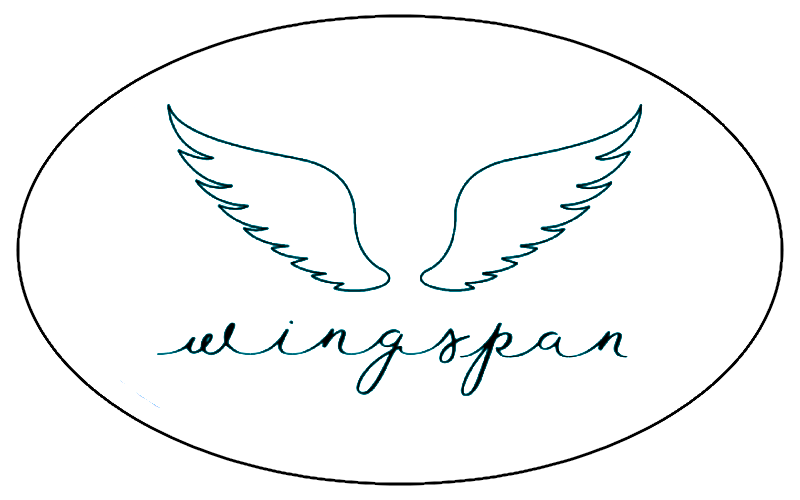The importance of dressing appropriately for the office cannot be overstated. It communicates respect for yourself, your colleagues, and your workplace. However, navigating the subtle nuances of office attire can be a complex task, given the varying degrees of formality and the diverse cultures across workplaces. This article aims to demystify the process, offering clear guidance on fashion dos and don’ts for office wear, ensuring you present yourself professionally and stylishly.
When considering office wear, the first rule of thumb is to understand the dress code of your specific workplace. Traditional corporate environments often require more formal attire, such as suits and dress shoes, while creative or tech industries might lean towards a smart casual dress code. Regardless of the specific expectations, certain universal principles apply.
For starters, opting for neutral colors can never steer you wrong. Shades of black, navy, grey, and beige are not only professional but also versatile, allowing for easy mixing and matching. While incorporating color into your wardrobe is not a faux pas, it should be done judiciously. A pop of color can brighten up an outfit, but overly bright or neon shades might be distracting in a professional setting.
Fabric choice is another critical consideration. High-quality materials such as wool, cotton, and silk convey professionalism and attention to detail. These fabrics not only look better but also tend to last longer, making them a wise investment for your professional wardrobe. On the other hand, overly casual fabrics like denim might be acceptable on a designated casual day but generally do not fit the bill for everyday office wear.
Fit is paramount in professional attire. Clothes that fit well not only look more polished but also convey a sense of confidence. This means avoiding clothing that is too tight, which can be unprofessional and uncomfortable, as well as clothing that is too loose, which can appear unkempt. Tailoring can make a significant difference, ensuring your clothes flatter your figure without compromising comfort or professionalism.
Accessories play a vital role in completing your office look. They should be seen as the finishing touches that can subtly enhance your outfit without overwhelming it. For example, a classic watch, a pair of modest earrings, or a tasteful necklace can add a touch of elegance. However, it’s crucial to avoid overly flashy or noisy jewelry that could become a distraction.
Shoes are an integral part of professional attire, and they should be chosen with both style and comfort in mind. Classic styles such as oxfords, loafers, pumps, or ballet flats in good condition reflect well on your professional image. Worn-out or overly casual footwear, like sneakers (unless your office dress code permits them), can detract from even the most impeccable outfit.
In conclusion, dressing for the office requires a careful balance between professionalism and personal style. By adhering to the basic principles of neutral colors, quality fabrics, appropriate fit, tasteful accessories, and proper footwear, you can navigate the complexities of office wear with confidence. Remember, the goal is not just to adhere to the dress code but to do so in a way that reflects your professionalism and attention to detail, enhancing your personal brand within the workplace.

